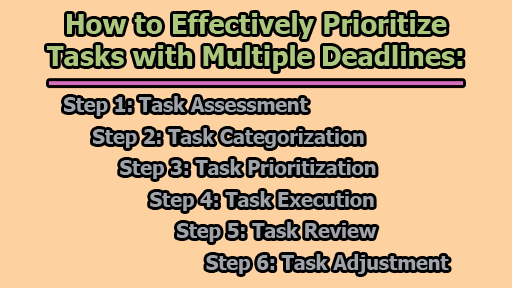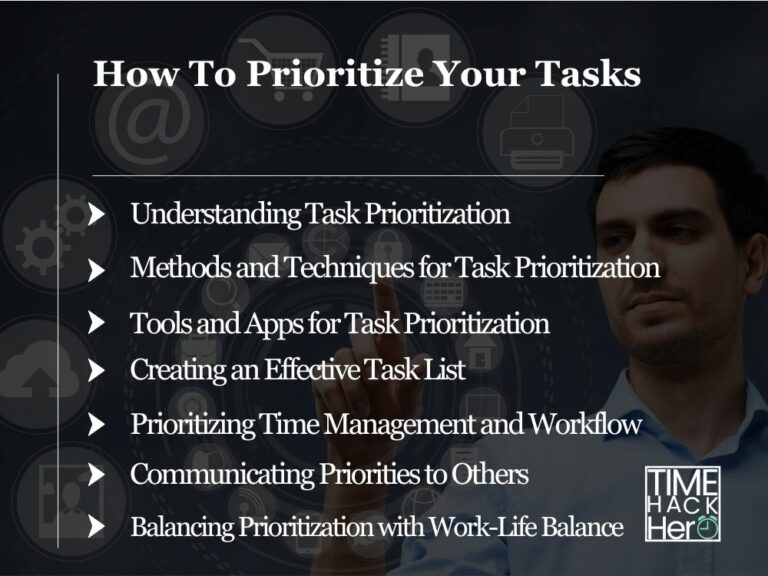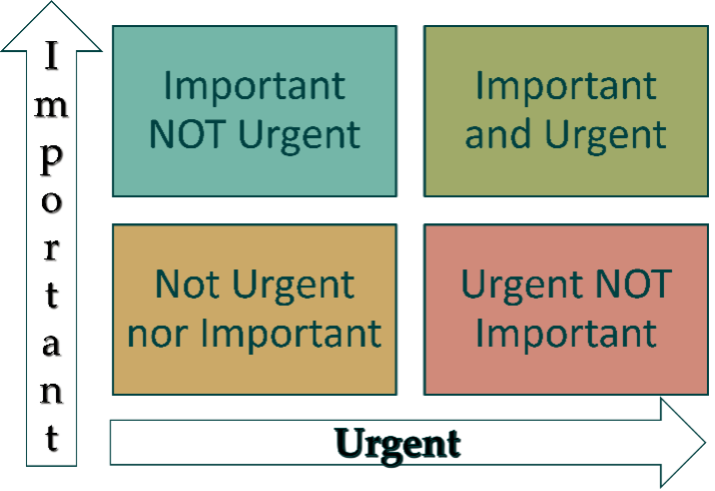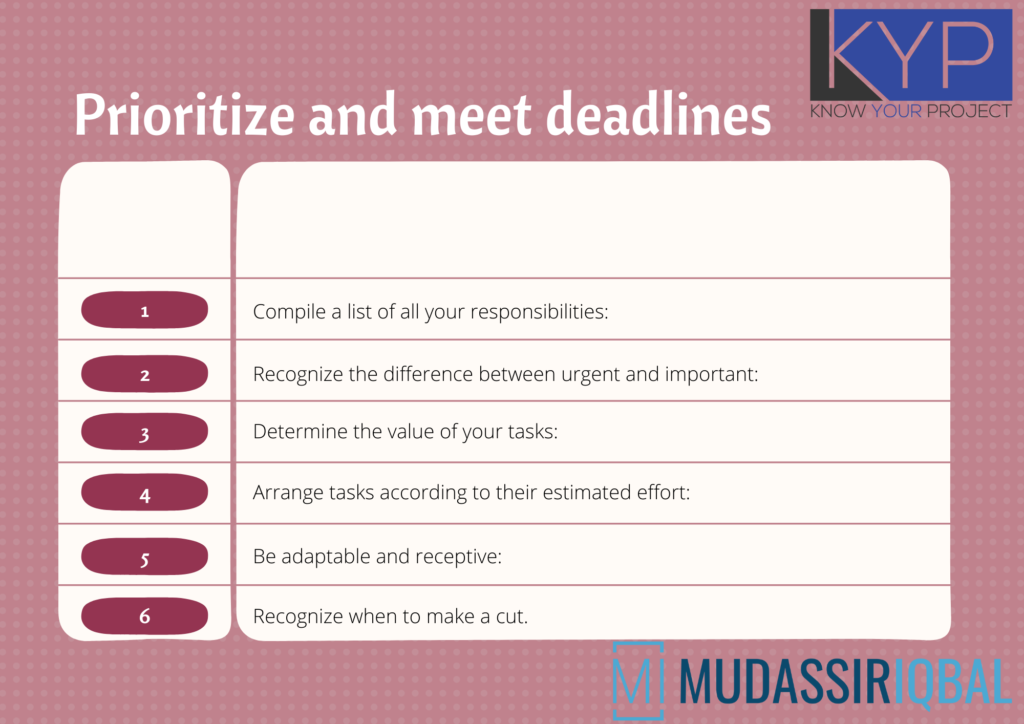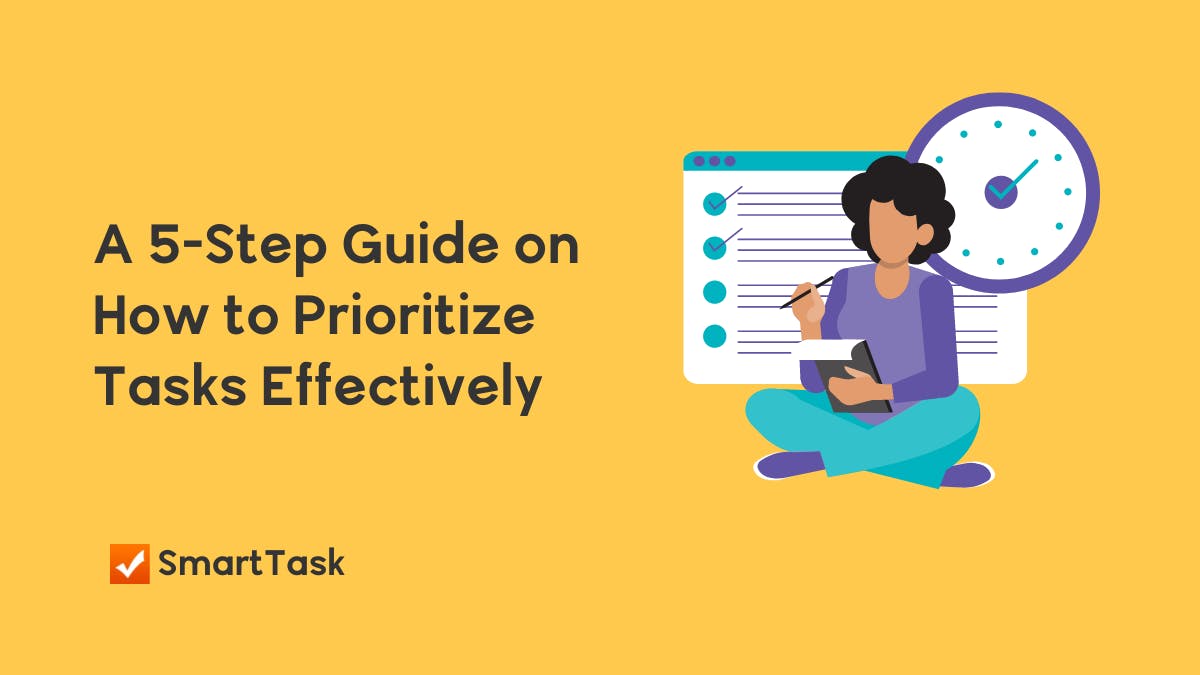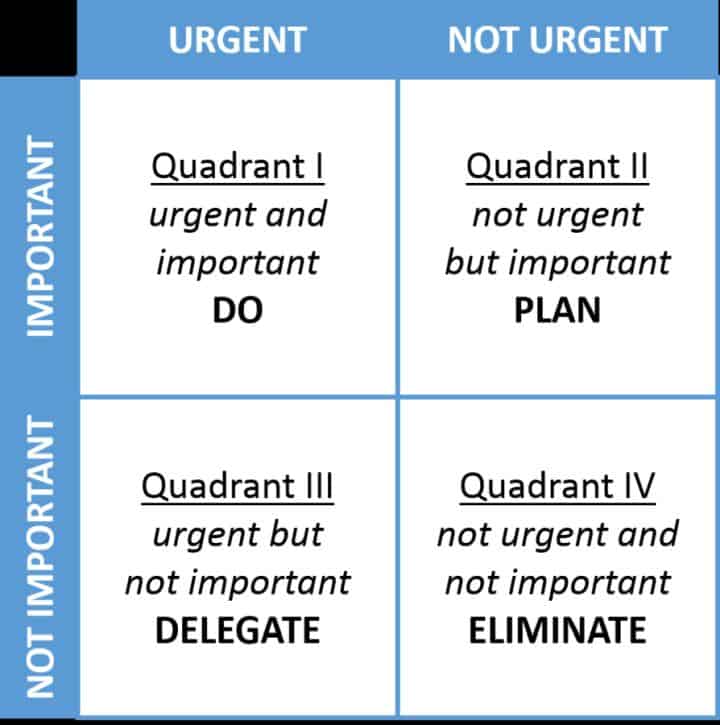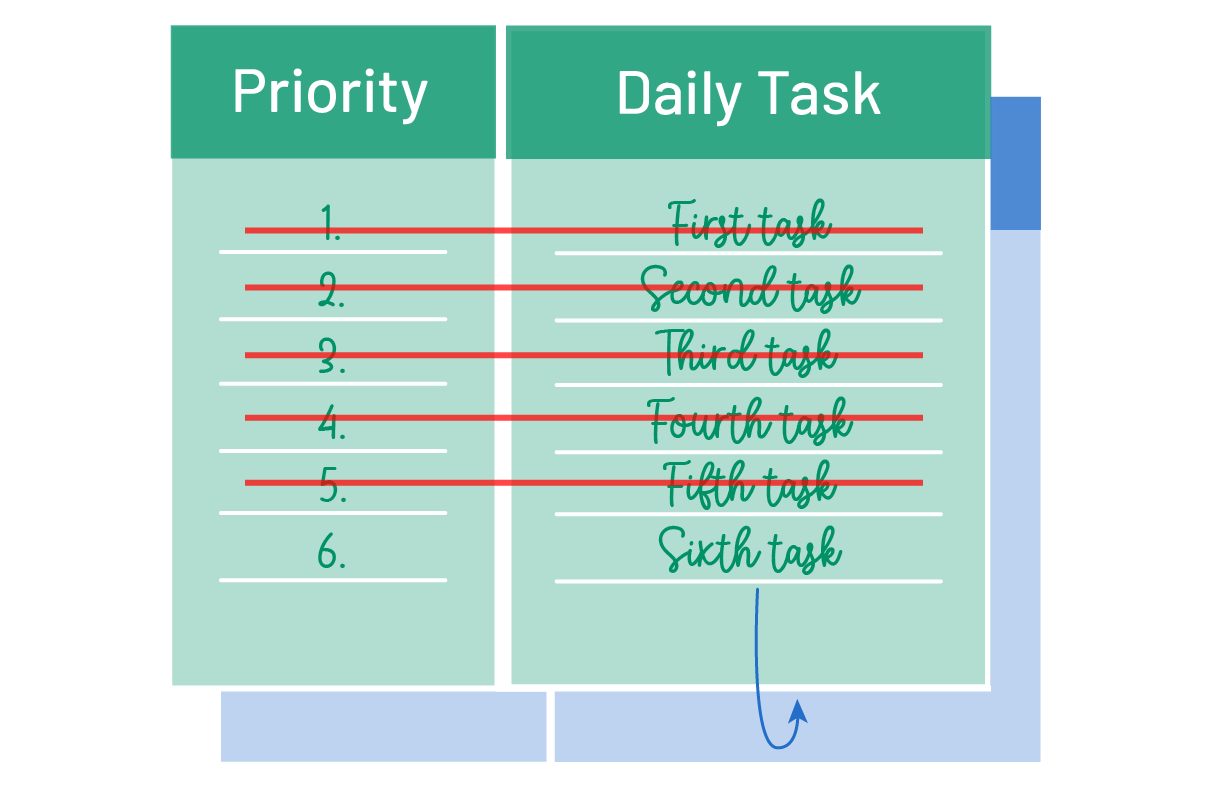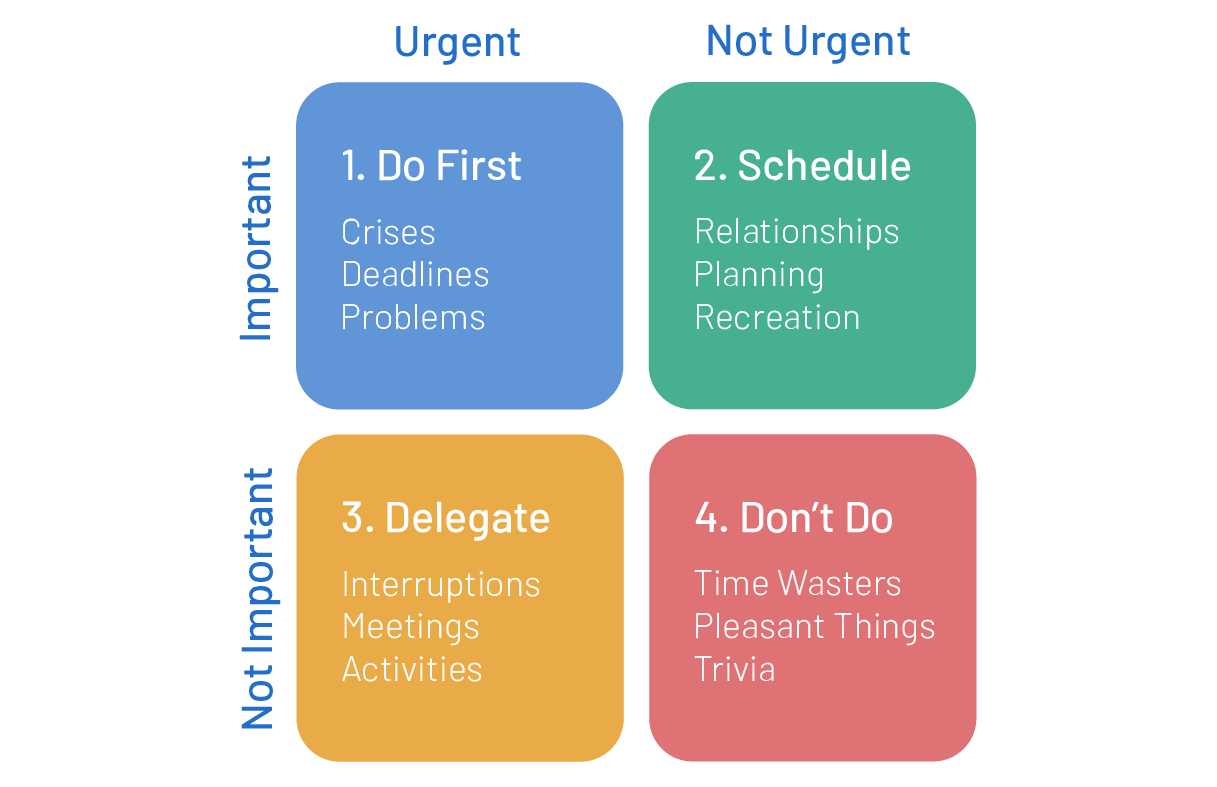How Do You Prioritize Multiple Tasks

In today's relentlessly fast-paced world, the ability to effectively prioritize multiple tasks isn't just a desirable skill; it's a critical survival mechanism. From juggling work projects and personal commitments to navigating unexpected crises, individuals and organizations alike are constantly bombarded with competing demands on their time and attention. The consequences of poor prioritization can be severe, leading to missed deadlines, diminished quality of work, increased stress levels, and ultimately, failure to achieve desired outcomes.
At its core, prioritization is the art of deciding what matters most and acting accordingly. This article delves into the strategies and frameworks individuals and organizations can use to master this art, drawing upon expert insights and proven methodologies to provide a comprehensive guide to effective task prioritization in the 21st century.
Understanding the Landscape
The challenge of prioritizing stems from the inherent limitations of human capacity. We operate with finite time, energy, and attention spans. According to research from the American Psychological Association, multitasking, often a consequence of poor prioritization, can actually decrease productivity by as much as 40%.
Furthermore, the modern work environment often fosters a culture of constant connectivity, making it difficult to disconnect and focus on high-priority tasks. The influx of emails, notifications, and impromptu meetings contributes to a sense of overwhelm, hindering thoughtful decision-making about what truly deserves our immediate attention.
Proven Prioritization Frameworks
Several frameworks offer structured approaches to tackling the prioritization challenge. The Eisenhower Matrix, also known as the Urgent-Important Matrix, is a popular tool that categorizes tasks based on their urgency and importance. This allows individuals to focus on tasks that are both important and urgent, schedule those that are important but not urgent, delegate urgent but unimportant tasks, and eliminate those that are neither urgent nor important.
Another widely used framework is the Pareto Principle, often referred to as the 80/20 rule. This principle suggests that roughly 80% of effects come from 20% of causes. Applying this to task management means identifying the 20% of tasks that will yield 80% of the desired results and prioritizing those accordingly.
The ABC analysis is another technique. Tasks are categorized into A (high-value), B (medium-value), and C (low-value) categories. It helps in identifying and focusing on the most impactful activities.
Practical Strategies for Implementation
Beyond frameworks, several practical strategies can enhance prioritization efforts. Defining clear goals and objectives is paramount. Without a clear understanding of what you're trying to achieve, it's impossible to effectively assess the relative importance of different tasks. Setting SMART goals (Specific, Measurable, Achievable, Relevant, Time-bound) is helpful.
Regularly reviewing and adjusting priorities is also crucial. Circumstances change, and what was a top priority yesterday may be less important today. Setting aside time each week or even each day to reassess priorities ensures that you're consistently focusing on the most relevant tasks.
Breaking down large tasks into smaller, more manageable steps can also improve focus. This approach makes daunting projects less intimidating and allows for incremental progress, which can boost motivation and prevent procrastination. It's also helpful to identify and eliminate potential distractions.
Learning to delegate tasks is a vital skill, especially for leaders and managers. Effectively delegating allows you to focus on high-level strategic initiatives while empowering others to contribute their skills and expertise. It is important to clearly communicate expectations and provide necessary support to ensure successful delegation.
The Role of Technology
Numerous technology tools can assist with task management and prioritization. Project management software, like Asana or Trello, allows teams to collaborate on projects, assign tasks, and track progress. To-do list apps, such as Todoist or Microsoft To Do, provide a simple and effective way to manage individual tasks and set reminders.
Calendar apps, like Google Calendar or Outlook Calendar, can be used to schedule tasks, set deadlines, and allocate time blocks for focused work. Automation tools can streamline repetitive tasks, freeing up time for more strategic priorities.
The Importance of Self-Care
Effective prioritization isn't solely about optimizing productivity; it's also about safeguarding well-being. Overcommitment and a relentless pursuit of efficiency can lead to burnout, stress, and decreased job satisfaction. Prioritizing self-care activities, such as exercise, sleep, and spending time with loved ones, is essential for maintaining long-term productivity and overall health.
Setting boundaries and learning to say "no" to non-essential requests are also crucial for protecting your time and energy. It is helpful to consciously disconnect from work during off-hours to recharge and prevent burnout.
Looking Ahead
The ability to prioritize effectively will only become more critical in the future as the pace of change continues to accelerate and the demands on our time and attention increase. Organizations will need to invest in training and development programs to equip their employees with the skills and tools necessary to navigate this complex landscape. Individuals must embrace lifelong learning, constantly seeking new strategies and techniques for optimizing their task management and prioritization skills. By embracing these principles, we can navigate the challenges of the modern world and achieve our goals with greater efficiency, clarity, and well-being.
